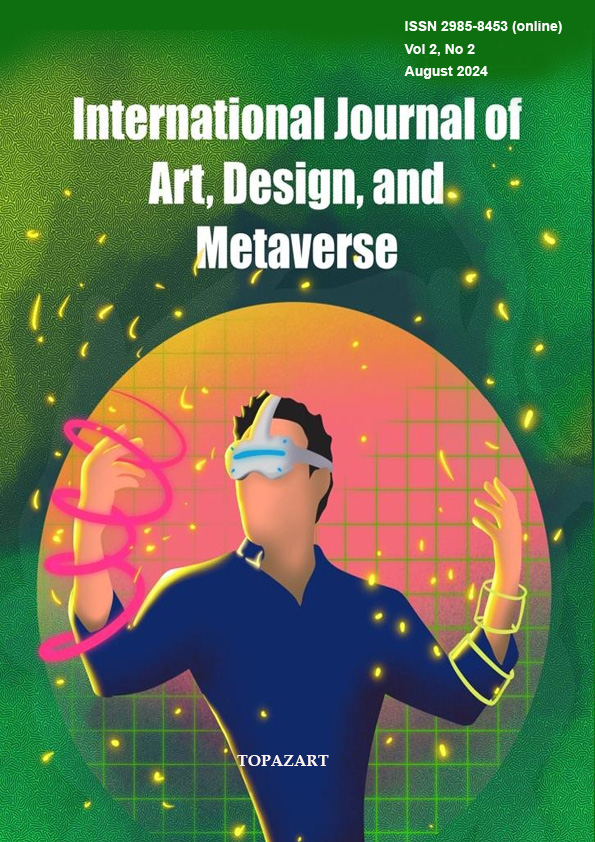Designing Avatars Using AI: Creative, Technical, and Ethical Dimensions
Abstract
vatars—digital representations of users—play central roles in virtual worlds, social platforms, gaming, and emerging metaverse applications. Advances in artificial intelligence (AI) empower avatar systems with unprecedented expressivity, customization, and adaptability. This paper examines the design of AI-driven avatars through the lenses of creative potential, technical frameworks, user experience, and ethics. We deploy a mixed-methods approach: (i) synthesis of recent literature on AI-avatar systems and user embodiment; (ii) prototype implementation using generative and animated models; (iii) user evaluation that explores aesthetic appeal, identity expression, usability, and ethical perceptions. Findings demonstrate that AI-enhanced avatars boost users’ ability to convey identity, reduce design friction, and personalize interaction, while raising concerns regarding bias, authenticity, and ownership. We propose design guidelines emphasizing inclusivity, transparency, control, and data governance, and suggest future research directions in cross-platform compatibility, real-time emotion adaptation, avatar labor ethics, and legal frameworks for digital identity.

